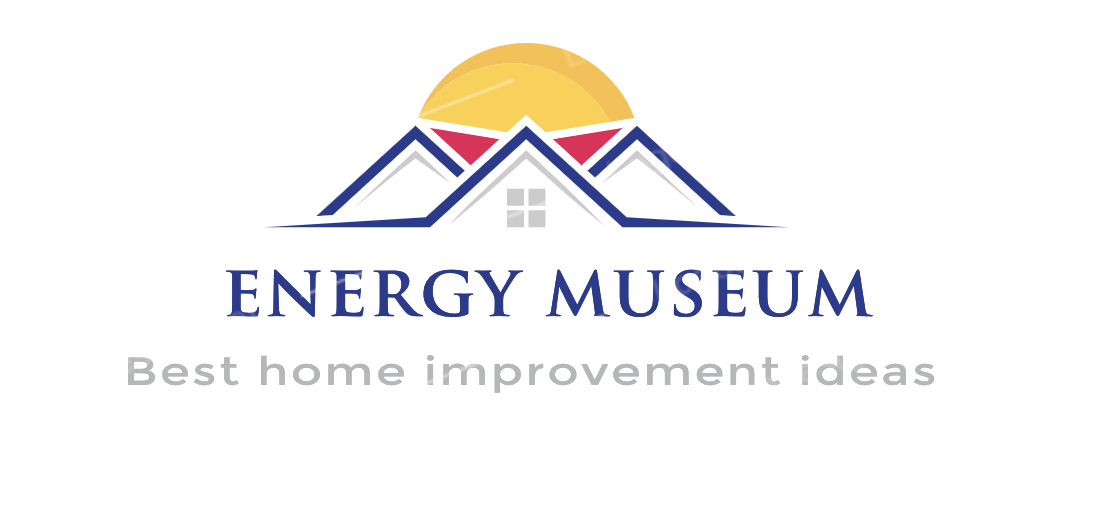Disabled individuals face mountainous challenges when they need to navigate their life experiences. The NDIS enables its participants to make greater mobility achievements which typically represent their primary life goal. Through mobility disabled persons gain freedom which enables them to build social relationships that lead to better quality of life. Most individuals in life encounter one-of-a-kind obstacles that make their path to improvement seem difficult.
But there’s hope! A combination of proper strategies along with appropriate support systems in the National Disability Insurance Scheme helps participants advance toward better mobility outcomes. The following discussion explores steps that will empower these individuals to achieve movement freedom for daily activities with confidence.
Understanding the National Disability Insurance Scheme (NDIS)
A government program named the National Disability Insurance Scheme (NDIS exists for Australians with disabilities to find support. The main objective of NDIS directs people toward accessing resources that lead to elevated life quality standards.
Participants in the NDIS receive individually designed funding based on their personal needs. The obtained funding functions to acquire therapy sessions and assistive technologies along with mobility aids.
Every participant must complete an evaluation process that establishes their individual needs. Through this approach the NDIS guarantees suitable support for everyone who seeks it. Customers gain empowerment through the NDIS because the program provides them control to determine their daily living methods.
Through its provider connections the scheme develops a community dedicated to enhancing independence and growth. Having complete knowledge about this framework enables you to maximize its advantages and provide better mobility opportunities to the people impacted.
Importance of Mobility for NDIS Participants
NDIS participants require mobility as a fundamental requirement to achieve independence. Frequent movement controls all aspects of daily routines for NDIS participants starting from personal care tasks to social contact.
Free mobility enhances a person’s confidence level and self-esteem grows. Their empowered state enables them to take improved actions in their communities.
Better physical health is one of the direct results from improved mobility. Daily physical activity helps decrease the development of obesity alongside cardiovascular diseases.
Through better mobility people gain access to educational resources and obtain new employment prospects. The increased ease of travel leads to improved societal involvement for individuals.
The promotion of mobility benefits the mental health of patients. Individuals who can interact with others through better mobility overcome their feelings of being cut off from society which develops because of restricted travel possibilities.
Challenges Faced by NDIS Participants in Achieving Greater Mobility
A substantial number of individuals under the National Disability Insurance Scheme experience difficulties moving from place to place. Movability difficulties which people with NDIS face arise principally because of physical disabilities in addition to environmental concerns and social restrictions.
Top among the elements which affect NDIS participants is constraining factors in their physical state. A few people encounter strength limitations and movement coordination problems which limit their freedom of movement. The result becomes a reduction in both feelings of frustration and personal independence.
Environmental obstacles are equally impactful. Population spaces and homes that lack essential accessibility features which include doorways with widened access and ramps create difficulty for persons with movement impairments during navigation.
Social stigma generates mental blocks among individuals. People participating in the NDIS System encounter negative judgments from society members who discourage their involvement in public activities.
The process of obtaining dependable support services introduces additional dilemmas for clients. People who lack access to funding must cope with extended waits for critical medical products designed to enhance mobility functions. Numerous challenges combine to make it harder for people to gain increased freedom of movement every day.
Assistive Devices and Technologies to Enhance Mobility
Mobile assistance tools and technological products work as essential components to boost the mobility of participants in the NDIS program. These technological tools improve independence by enabling users to travel their environment more easily and with greater confidence.
NDIS participants rely on mobility aids which include wheelchairs along with scooters and walkers to preserve their active way of life. Smart technologies exist today along with the latest advancements in technology. Powered wheelchairs combine sophisticated technology with upgraded control features that provide better handling than basic types of wheelchairs do. The devices grant people the ability to move longer ranges by reducing the level of physical strain.
The study of adaptive equipment should be given further attention. Access to homes becomes easier when using ramps because they remove the need for entry barriers. Grab bars in proper areas create supportive features for users as they move between surfaces such as chairs and showers.
Smart home technologies have produced major benefits for users who want enhanced mobility. Voice controls turn photovoltaic systems and doors and lights into easy-to-use appliances which result in higher personal independence at home.
The guidance provided by power physio in Melbourne about finding the suitable assistive devices for individual requirements proves extremely beneficial. By working directly with NDIS participants they serve the professionals and understand what support products can integrate well into therapy sessions that enhance mobility.
Researching assistive devices represents an important step for NDIS participants to gain greater freedom of movement because it leads them towards physical and social opportunities.
Strategies to Help Improve Mobility
At least three different approaches are needed to enhance the mobility capabilities of NDIS participants. The creation of personalized exercise plans based on individual abilities represents an effective approach to improve movement. The exercises help people develop stronger muscles and enhance their balance capabilities.
The implementation of standard stretching exercises constitutes an essential aspect. Stretching activities help people preserve their flexibility thus enhancing their movement efficiency.
The practice of attending occupational therapy sessions serves as a beneficial approach for health improvement. Occupational therapists teach patients about daily routines which encourage movement inside their residence and community environment.
Support groups together with group activities encourage patients to become more socially interactive while boosting their motivation. Such practices improve both physical capability and mental wellness simultaneously.
Every treatment strategy becomes cohesive through collaboration with healthcare professionals so the plan effectively improves mobility.





